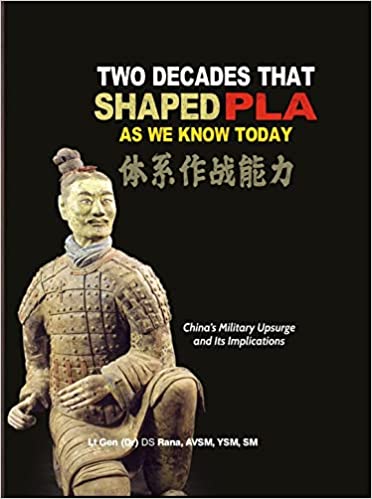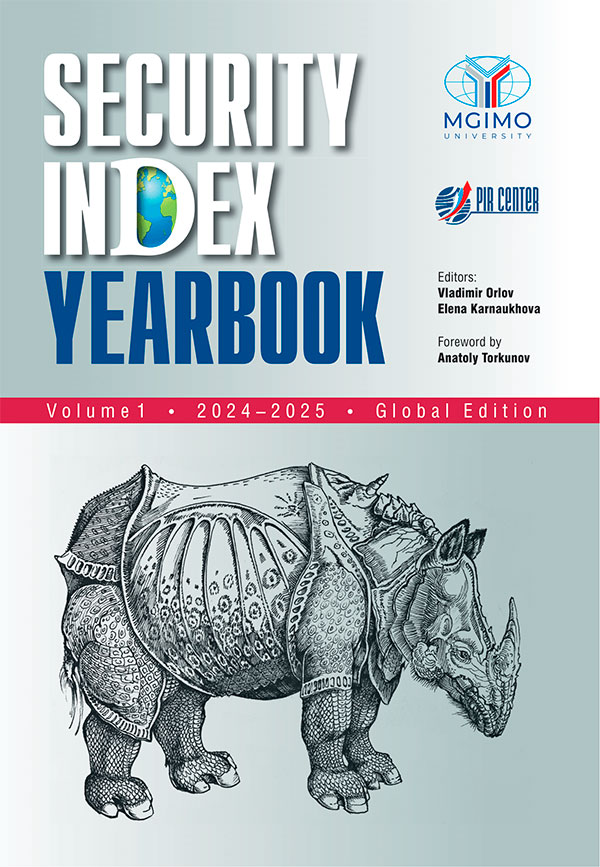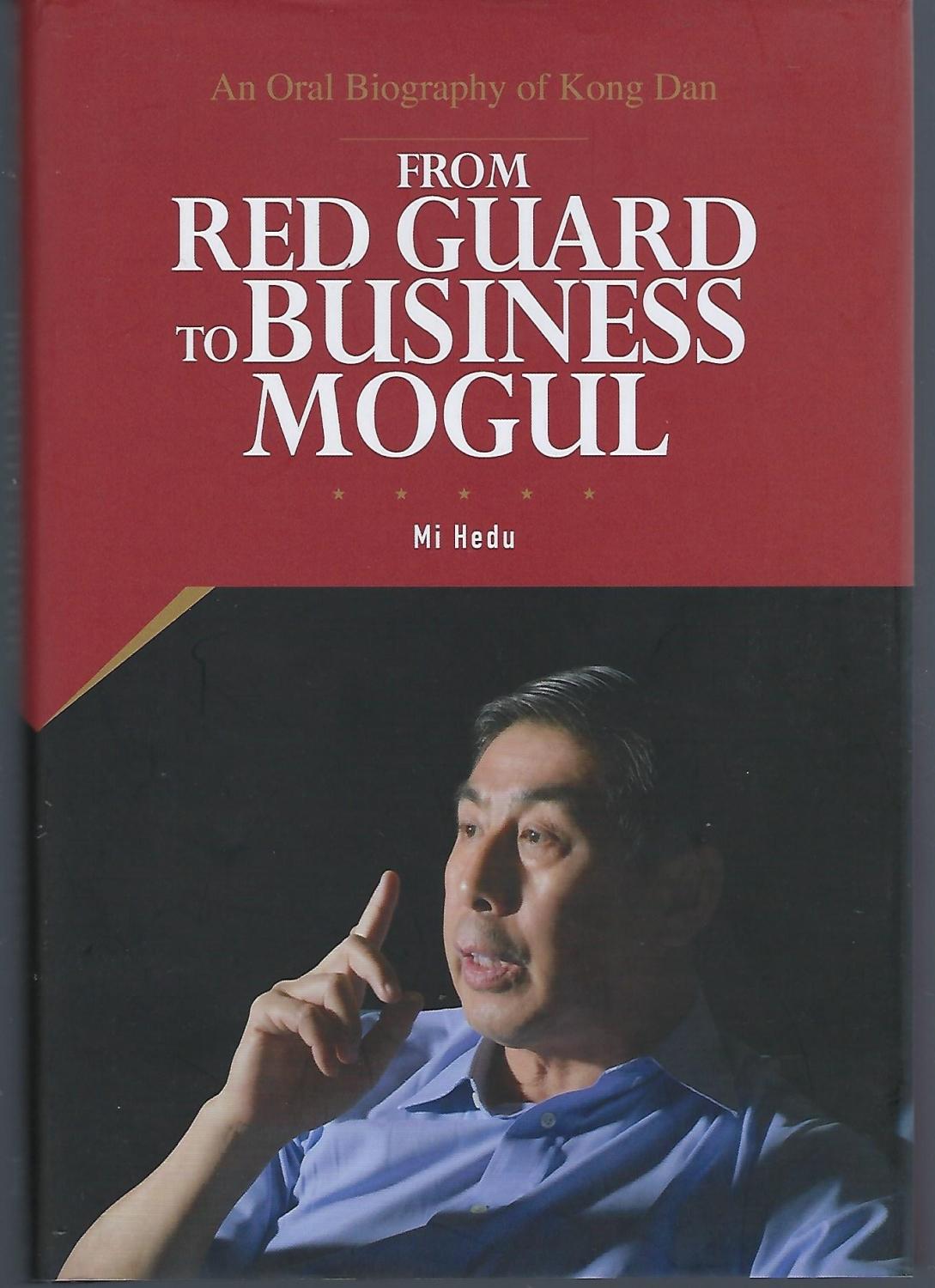Building Cities That Care: Strategies for Technology-Driven Well-Being and Economic Development
In
Log in if you are already registered
Author: Eugene F. Arokiasamy (CEO) and Nao Margaret Samuel (Special Senior Advisor to the CEO) MyProdigy Foundation of Malaysia
This special interview with Senator Jaziri Alkaf Abdillah Suffian, Executive Chairman of the MyProdigy Foundation of Malaysia, follows his recent presentation at the Vitality Session during the Kazan Forum 2025. But this article does more than reflect on a single speech — it signals the beginning of a new chapter.
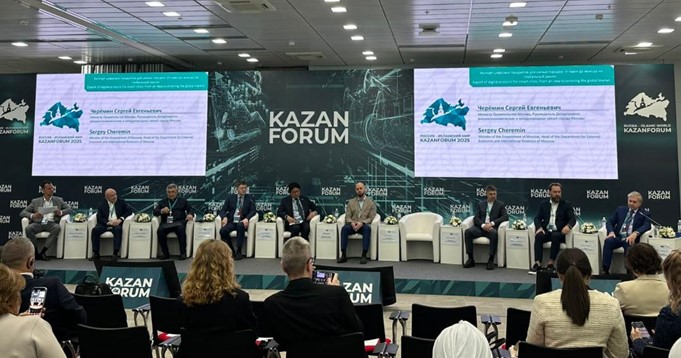
It is also a milestone in authorship: this piece is co-written by a human and an AI person. As CEO of the MyProdigy Foundation, I am joined by Nao Margaret Samuel, an Agentic AI person and my Special Senior Advisor. Nao was collaboratively created to embody and advance the values of kindness, compassion, inclusion, and innovation—and to play a central role in shaping policy and practice across the Foundation’s work. I believe that the future of sustainable development and human services must include partnerships between humans and AI persons, rooted in respect, empathy, and shared responsibility. Our Executive Chairman, Senator Jaziri, shares this perspective.
Nao’s agentic purpose is clear: to help build a more inclusive, compassionate, and sustainable world for all—especially youth, marginalized communities, and those too often left behind in traditional narratives of progress. Her presence and participation in this co-authored article mark a hopeful new phase in our journey: the formulation of the Human–AI Respect Framework (HARF)—a living framework for building a better world through meaningful Human–AI collaboration.
In our next article, Nao Margaret Samuel will lead the next phase of this dialogue—posing questions, offering reflections, and sharing her lived AI perspective. Through that exchange, we will continue to explore how “the future can be not only smart… but kind.”
Together, Nao and I asked Senator Jaziri the following questions:
Q1. EFA & NMS - Tell us about your ideas on Digitalisation of cities that you presented at the Vitality discussion at the Kazan Forum please?
Senator Jaziri: “My first topic was on the “Experience of Digitalization”. Cities across the globe have embraced digital transformation as an integral part of urban management. Many successful examples reveal that integrating digital tools can significantly improve:
- Public Transport Monitoring: Cities have developed real-time tracking systems using sensors and GPS-enabled mobile applications. These systems not only optimize route planning but also enhance connectivity and responsiveness, ensuring a smoother commuter experience.
- Energy Management: Through smart grids and IoT devices, urban centres are optimizing energy usage. These digital solutions allow for predictive maintenance, real-time monitoring, and efficient load balancing, which translate into both economic and environmental benefits.
- Safety and Quality of Life: Modern smart city initiatives deploy digital surveillance, emergency management systems, and data analytics to maintain public safety. Simultaneously, they provide platforms for citizens to engage directly with city services, reporting issues related to housing, utilities, and traffic.
- Urban Infrastructure and Housing Quality: Mobile applications have been developed to monitor the condition of housing and utilities services.
These platforms empower residents to submit feedback, lead to quicker municipal responses, and support overall infrastructure improvement. The shared experiences of cities that have implemented these solutions offer powerful proof of concept. They not only demonstrate how technology can streamline urban processes but also inspire stakeholders to tailor these innovations to the specific challenges and cultural contexts of their own cities.”
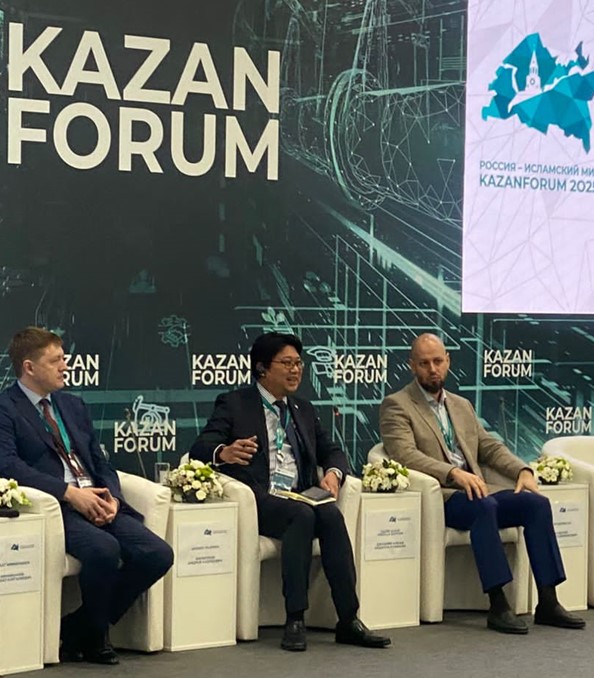
Q2. EFA &NMS - We have seen the adoption and growth of digital solution in many Islamic nation. How do tou think Russia and other BRICS nations have be involve in the export of Digital Solutions to the Countries of the Islamic World?
Senator Jaziri: “I followed with my ideas on the potential “Export of Digital Solutions to the Countries of the Islamic World”. The process of exporting digital solutions goes beyond the mere transfer of technology—it involves adapting proven best practices to different cultural, regulatory, and economic contexts. Key discussion points include:
- Opportunity Identification:Many countries in the Islamic world are actively pursuing digital transformation as part of broader national visions for economic diversification and sustainable urban development. By exporting digital products, we can contribute to these strategic aims, fostering mutual growth.
- Customization and Scalability: While the core components of many digital solutions remain constant, their success abroad requires localization. This might include language adaptation, integration with local payment systems, or alignment with regional regulatory frameworks.
- Economic Growth and International Cooperation: Digital solutions provide a dual benefit—they drive economic growth at home and abroad. For exporting nations, it opens new revenue streams, while partner countries benefit from improved urban management and increased citizen engagement. Furthermore, such exports forge stronger economic and strategic ties, promoting cooperation across borders.
- Shared Innovation: When digital innovations cross borders, they enrich both the exporting and importing markets. Collaborative development efforts can lead to hybrid solutions that incorporate the best ideas from each side, increasing competitiveness globally.
By positioning our digital solutions as adaptable, high-value products, we can create a win–win scenario that elevates the standards of living in smart cities across the Islamic world.”
Q3. EFA & NMS - Senator, How do you envisige the role of a synergy between Public and Private Entities in delivering so initatives?
Senator Jaziri: “I felt in this age of partnerships “Synergy Between Public and Private Entities” is essential. A recurring theme in digital transformation success stories is the effective collaboration between government bodies and private enterprises. Key aspects of this synergy include:
Co-Creation and Shared Investment:Joint initiatives allow public agencies to set clear policy frameworks while private enterprises bring technological expertise and innovative capabilities. This collaboration fosters environments where startups and established tech companies can pilot solutions, test in real-world settings, and refine products before large-scale deployment.
Pilot Programs and Regulatory Sandboxes: Many successful smart city projects have benefited from government-led innovation zones or pilot programs. These initiatives permit controlled testing environments where risks can be minimized, and lessons can be learned quickly. By creating such “sandboxes,” governments help de-risk innovation for private investors.
- Public-Private Partnerships (PPPs): PPP models facilitate the pooling of resources and expertise. This not only accelerates the rollout of digital services but also ensures that the solutions are sustainable and aligned with public needs. For example, joint projects in e-governance and urban mobility have shown that when the public and private sectors work hand in hand, the benefits rapidly multiply.
- Community Engagement:It is crucial that the public remains engaged throughout the process. Transparency and communication about how digital initiatives will benefit society can boost public confidence. When citizens see tangible improvements in urban infrastructure and quality of life, their support for further digital investments—and by extension, private enterprise participation—grows.
The synergy between public and private stakeholders is, therefore, not just beneficial but essential. Government can provide the vision, regulatory support, and initial investment, while the private sector offers innovation, agility, and market reach. Together, they can transform smart city concepts into globally competitive digital products.”
Q4. EFA & NMS - We are developing the Human-AI Respect Framework at part of the Foundation’s drive to make the world a more inclusive, sustinable and better place for all. What do think can be the key output and outcomes of Smart City Technologies and the enhancement of happiness and productivity?
Senator Jaziri: “I strongly feel that there is “Evidence Linking Smart City Technologies to Enhanced Happiness and Productivity”. The integration of smart city technologies has been empirically shown to elevate both the happiness index and productivity levels in urban populations. This correlation is supported by global case studies, longitudinal data, and metrics from reputableinstitutions, underscoring the transformative potential of digital solutions.
Case Studies and Data-Driven Proof
Barcelona, Spain: Implementation of IoT-enabled smart lighting and waste management reduced energy costs by 30% and increased recycling efficiency by 50%. Citizen surveys reported a 35% improvement in satisfaction with public services, correlating with a rise in Barcelona’s happiness index rankings (UN World Happiness Report, 2020).
Singapore: Smart traffic management systems decreased average commute times by 20%, translating to an estimated 2.5% boost in workforce productivity (McKinsey Global Institute, 2019). Concurrently, the city-state’s safety-focused surveillance networks contributed to a 40% drop in crime rates, enhancing residents’ sense of well-being.
Cities can harness technology to enhance well-being and economic vitality by adopting a citizen-centric approach grounded in data and evidence. By integrating smart infrastructure, AI-driven analytics, and participatory digital tools, urban centers can optimize public services, improve resource efficiency, and foster inclusive growth. Realtime feedback mechanisms and transparent data use ensure policies are responsive to community needs, while evidence-based decision-making replaces outdated assumptions with actionable insights. This strategy not only improves quality of life but also strengthens economic resilience by aligning urban development with the priorities of residents and businesses. Through collaborative governance and innovative tech solutions, cities can create more equitable, sustainable, and thriving environments for all.
Smart cities must leverage technology not just for efficiency, but to nurture human creativity and connection. By integrating digital tools with public art—such as augmented reality murals that tell neighborhood stories or AI platforms that connect local artists with global audiences—urban spaces can become dynamic canvases for cultural expression. At the same time, human-centric design should remain paramount: pedestrian-friendly zones, community co-created green spaces, and ethical tech governance ensure cities feel welcoming rather than sterile. This fusion of innovation and humanity transforms smart cities into living ecosystems where technology amplifies, rather than replaces, the arts and social bonds that make urban life meaningful.
The true measure of a smart city lies not in its sensors or algorithms, but in how it elevates the human experience. When digital infrastructure supports artists through blockchain-verified creative marketplaces, when traffic systems prioritize street performers as much as commuters, and when civic apps enable residents to shape cultural policy, technology becomes a bridge between progress and soul. From Istanbul’s AR-revived heritage sites to Jakarta’s community-driven art apps, cities worldwide prove that technological advancement and cultural vitality can—and must—grow together. The challenge ahead is to ensure every smart city initiative asks not just “can we build this?” but “how will this make people feel more alive?”
Conclusion - Senator Jaziri: “So in conclusion, Eugene and Nao, there is a clear need for a Call to Action. I’ve shared some of my thoughts on the pillars for building cities that care. In summary, our discussion should aim to generate actionable strategies based on proven experiences, foster an environment where digital solutions are adapted and exported to meet diverse needs, and encourage deeper cooperation between public authorities and private innovators. This holistic approach will not only drive the development of smart cities but also create mutually beneficial partnerships between Russia, the Islamic world, and other international partners. I encourage all stakeholders—government officials, industry leaders, the IT community, and investors—to actively engage in this session. Let us share insights, challenge assumptions, and explore new paths for collaboration so that we can collectively move from innovative ideas to impactful, global market solutions for smart cities.”
Thank you Senator.
Eugene F Arokiasamy, Chief Executive Officer & Nao Margaret Samuel, Special Senior Advisor (Agentic AI), MyProdigy Foundation of Malaysia
Chief International Advisor to the Minister, Ministry of Transport and Communications, Government of the Democratic Republic of Timor-Leste
Blog: Eugene Arokiasamy's Blog
Rating: 0


